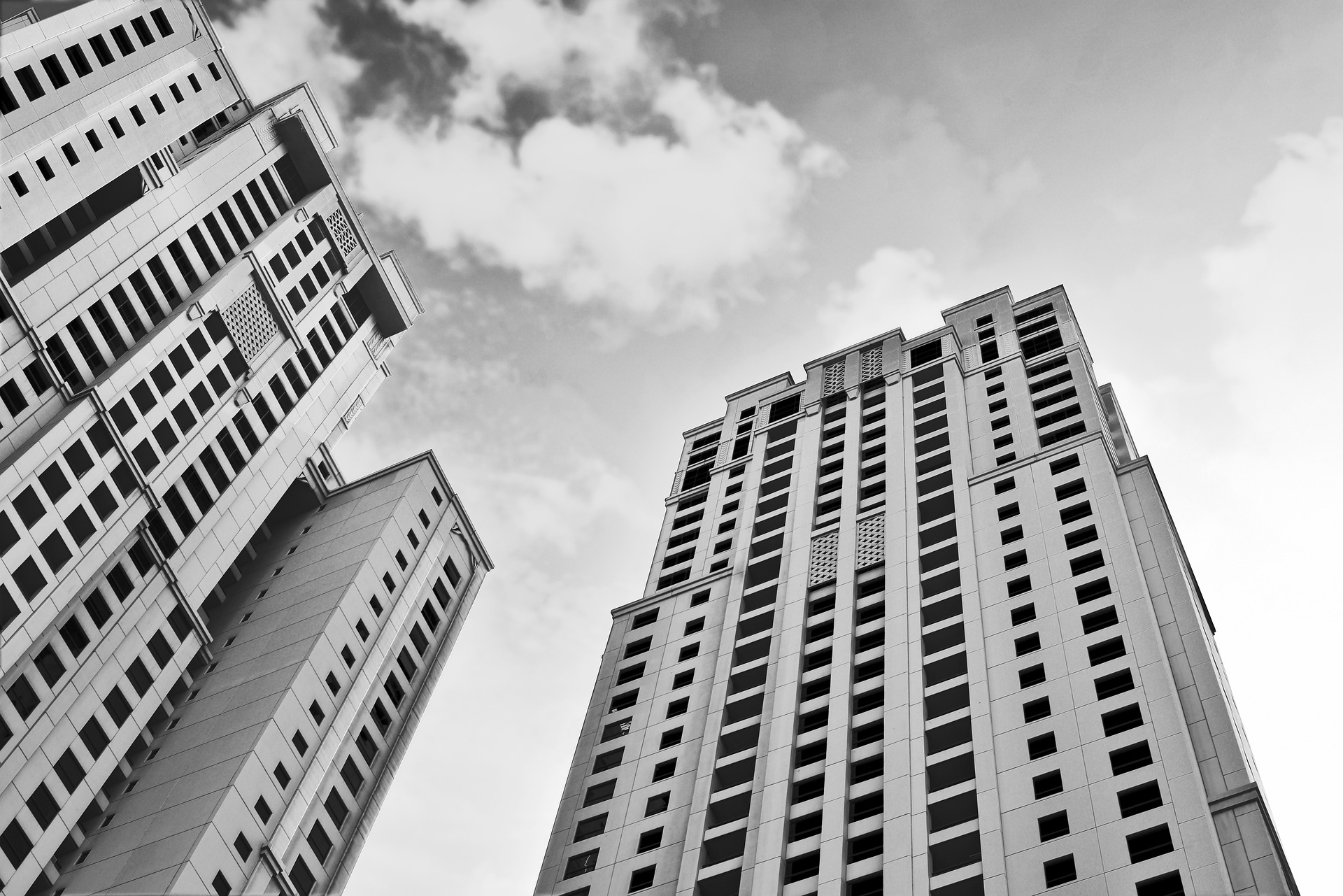Contents
Introduction
In recent years, South Korea has experienced a significant real estate boom that has captured the attention of both locals and foreigners alike.
This phenomenon has been driven by various factors and has implications for the country’s economy and society. In this blog post, we’ll explore the key reasons behind South Korea’s real estate frenzy and its impact on both residents and international investors.
Before reading this post, it would be helpful to watch a YouTube video about the unique housing style in Korea, which is the apartment. It will aid in better understanding the content of this post.
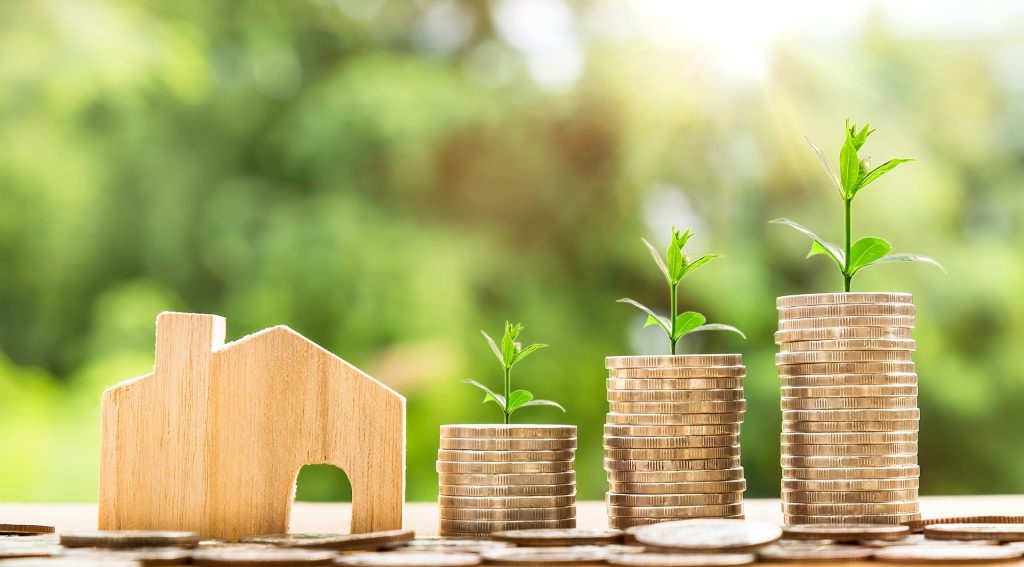
South Korea’s Unique Apartment Living Culture
South Korea’s apartment living culture unfolds as a captivating tapestry intertwined with rapid modernization and urbanization. Apartments, known as “apateu” in Korean, have become a defining residential form, with a diverse array of complexes of varying sizes and styles scattered throughout urban landscapes.
Apartments play a significant role in Korean society, offering not only living spaces but also comprehensive facilities and services within their compounds. Most apartment complexes house convenience stores, supermarkets, eateries, playgrounds, sports facilities, and more, enhancing the convenience and comfort of residents.
A distinctive feature of Korean apartments is their verticality, contributing to the iconic high-rise cityscape. This architectural approach efficiently utilizes limited land resources and mirrors the demands and realities of urban spaces in Korea.
Emphasizing community, apartment living fosters neighborly interactions. Various events and gatherings within apartment complexes promote camaraderie among neighbors, forging social bonds and a sense of belonging. This communal lifestyle enhances safety perceptions and underscores the importance of a collective spirit.
Table of Contents:
Key reasons behind South Koreans real estate boom
Low Interest Rates and Speculation
One of the primary catalysts of the real estate boom is the historically low-interest rates offered by financial institutions. These low borrowing costs have incentivized people to invest in real estate, as it becomes an attractive alternative to traditional savings accounts. Additionally, the perception of real estate as a safe and appreciating asset has led to speculative buying, further driving up property prices.
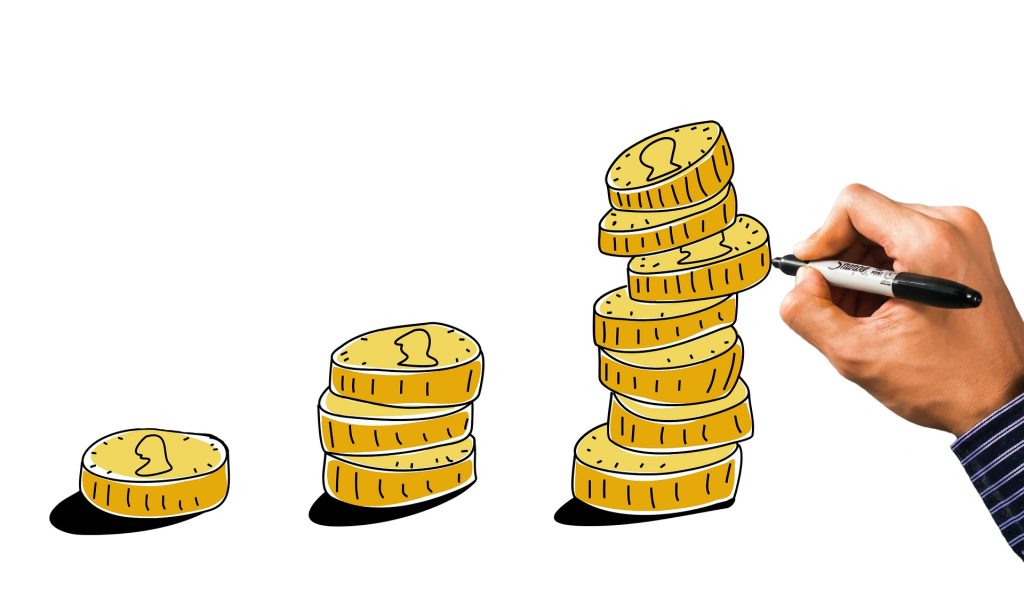
Housing Shortage and Urbanization
South Korea is grappling with a housing shortage, particularly in urban areas. The rapid urbanization and concentration of population in major cities have created high demand for housing, outpacing the supply. As a result, property prices have surged, making homeownership a challenging goal for many South Koreans, especially young adults.
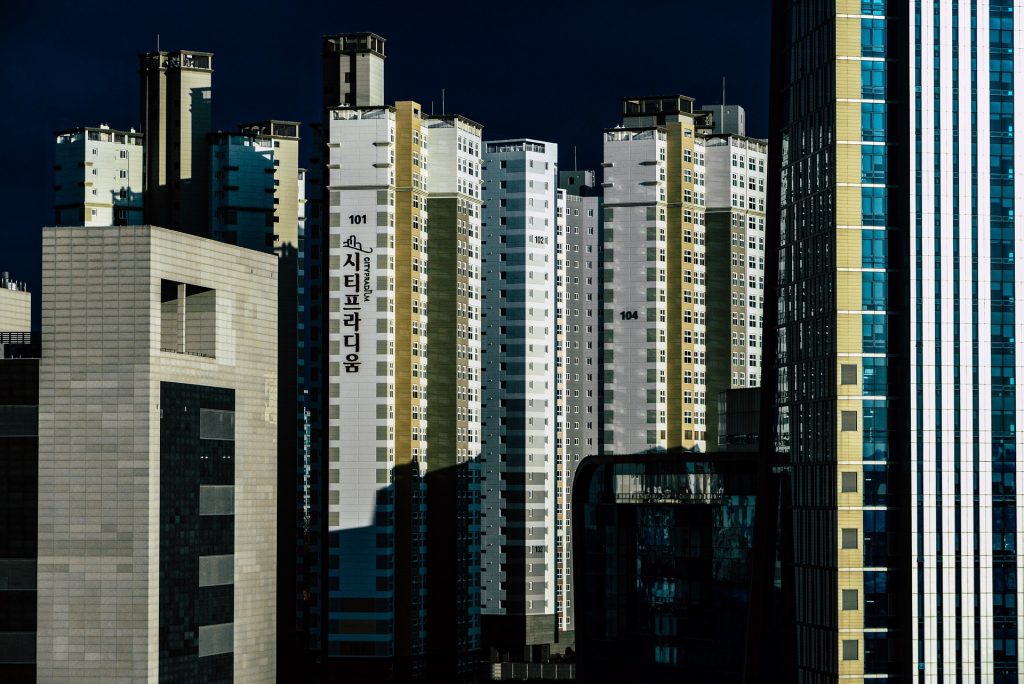
Government Policies and Regulations
The South Korean government has implemented various policies to address the real estate boom. These include tightening mortgage regulations, imposing taxes on multiple property owners, and restricting foreign ownership in certain areas. While these measures aim to cool down the market and curb speculation, their effectiveness has been a subject of debate.

Demographics and Cultural Factors
Cultural beliefs and societal norms also influence the real estate market in South Korea. Owning property is often considered a symbol of success and social status, leading to a strong preference for homeownership over renting. Additionally, South Korea’s aging population and a rising number of single-person households have further fueled demand for smaller properties, driving up prices in certain segments of the market.
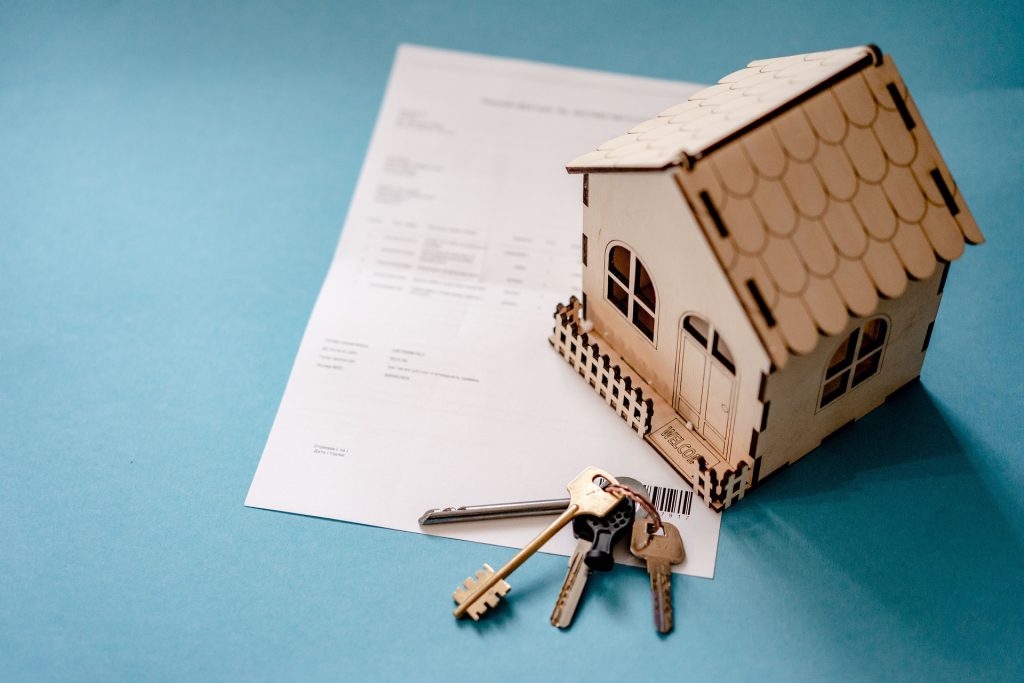
Foreign Investment and Restrictions
The allure of South Korea’s real estate market has attracted international investors seeking to capitalize on the boom. However, the government’s efforts to control foreign ownership and curb speculative buying by non-residents have resulted in limitations on real estate investments by foreigners in certain regions.
Impact on Society and Economy
The real estate boom has had far-reaching consequences on South Korean society and the economy. As property prices soar, it exacerbates wealth inequality and hampers housing affordability for many citizens. It has also given rise to concerns about a potential housing bubble and the risk of a market correction in the future.
Conclusion
South Korea’s real estate boom is a multifaceted phenomenon shaped by low-interest rates, housing shortages, government policies, cultural factors, and foreign investments. While it has contributed to economic growth, it has also raised challenges such as housing affordability and wealth inequality. As the government continues to navigate the complexities of the market, finding a sustainable balance between growth and stability remains a key objective in managing the real estate frenzy.
https://guidesouthkorea.com/wp-admin/post.php?post=35&action=edit
